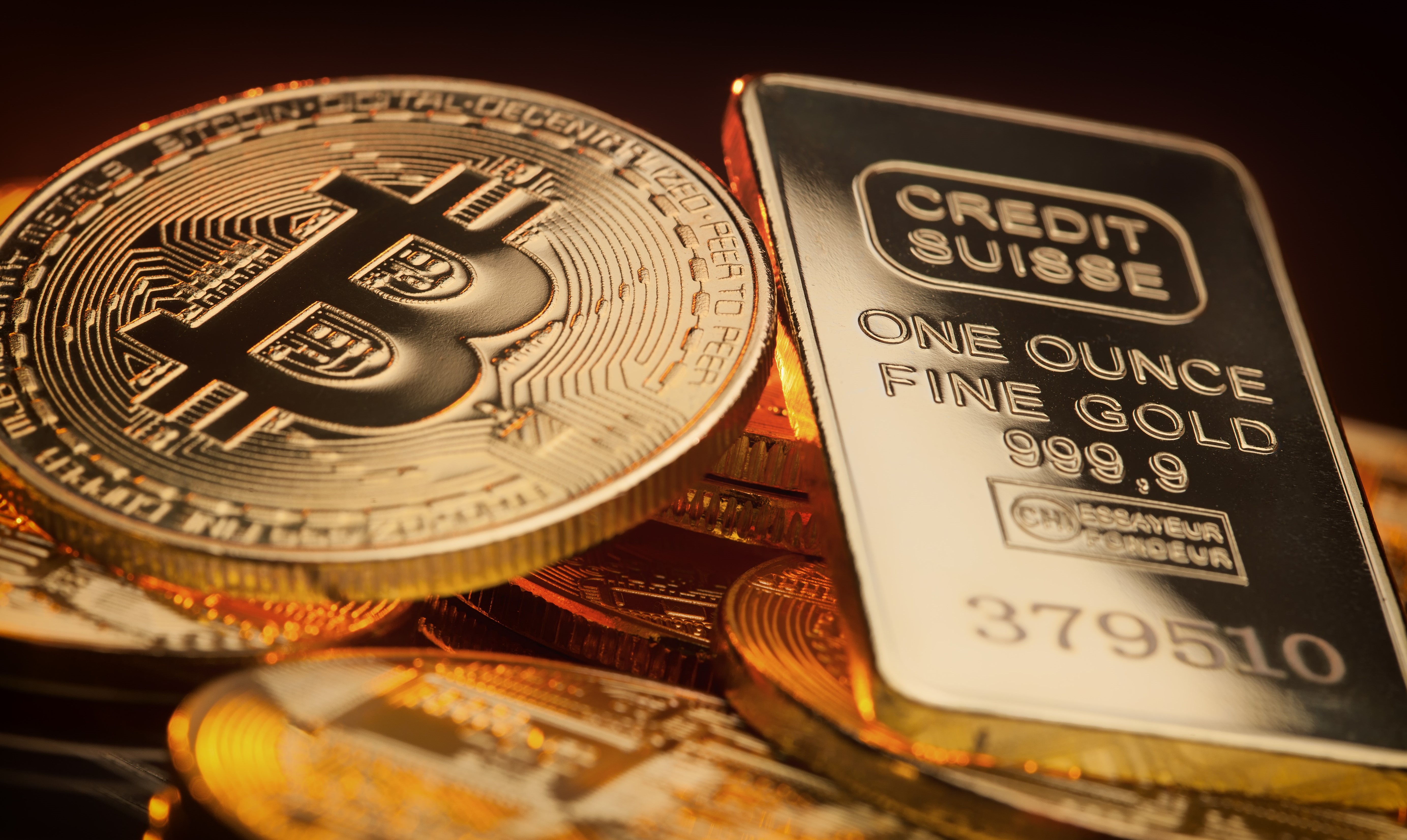Bitcoin and gold – two regularly associated assets classes – both reached all-time this week but there is only one winner for exchange-traded product (ETP) investors.
The digital asset hit an all-time high of $69,325 on Tuesday, eclipsing its previous record set in November 2021.
Meanwhile, gold reached $2,142 an ounce, topping previous highs set three months prior. The $13.3bn iShares Physical Gold ETC (SGLN) and the $14.3bn Invesco Physical Gold ETC (SGLP) are up 2.9% and 2.8% this year, respectively.
However, this has been eclipsed by gains made by bitcoin ETPs, with the $762m 21Shares Bitcoin ETP (ABTC) up 54.9% in 2024, as at 5 March.
Bitcoin’s comeback is driven by a combination of the approvals of spot bitcoin ETFs in the US, an easing of interest rate hikes from the Fed and a reduction in the token’s supply.
BlackRock’s US-listed physical bitcoin ETF hit $10bn assets under management (AUM) on 1 March, the fastest ETF to ever hit the milestone.
Demand for the bitcoin ETFs is also likely to be driving the crypto’s price, with inflows outstripping new coin supply.
Conversely, gold’s rally has been underpinned by expectations of the Federal Reserve lowering interest rates, coupled with heightening geopolitical tensions and the increasing risk of a pullback from equity markets.
Gold ETPs have experienced lacklustre flows. In the US, gold ETFs were net sellers in 2023 despite ongoing demand from central banks.
Since bitcoin’s inception, the cryptocurrency has long been compared with gold – with crypto enthusiasts coining the term ‘digital gold’ – both touted for their stores as value and hedges against inflation.
However, gold’s rising price and bitcoin’s value are not necessarily bumped up for the same reasons, despite their similar traits.
Gold’s rising price is more tightly tied to central banks, which hold it as a reserve asset. Alongside this, gold also sees demand from jewellery, electronics and use in certain electronic and medical device manufacturing.
A small 20% of demand for gold comes from investors, which is why outflows seen from gold ETFs are little representation of the asset's strength in value.
For example, holdings of the SPDR Gold Shares (GLD), the world's largest ETF, dropped by 0.3% on Monday, plunging its total holdings to their lowest level since July 2019, according to data from Bloomberg.
Meanwhile, bitcoin’s value is more tightly in line with the performance of bitcoin ETFs, as its main drivers are investment and speculation rather than other sources.
With bitcoin's value more largely attributed to investor sentiment, demand remains more tenuous than gold, which has more diversified sources of demand.
Furthermore, bitcoin’s comparison to gold as a store of value lies on shaky ground given gold's 5000-year history versus 15 years for bitcoin.
The digital currency’s handsome inflows versus gold’s outflows could be theorised as investors swapping out their gold ETFs for bitcoin ETFs.
However, given the two assets' divergence of characteristics, there is little chance that there has been a mass exodus from gold in exchange for bitcoin products.






